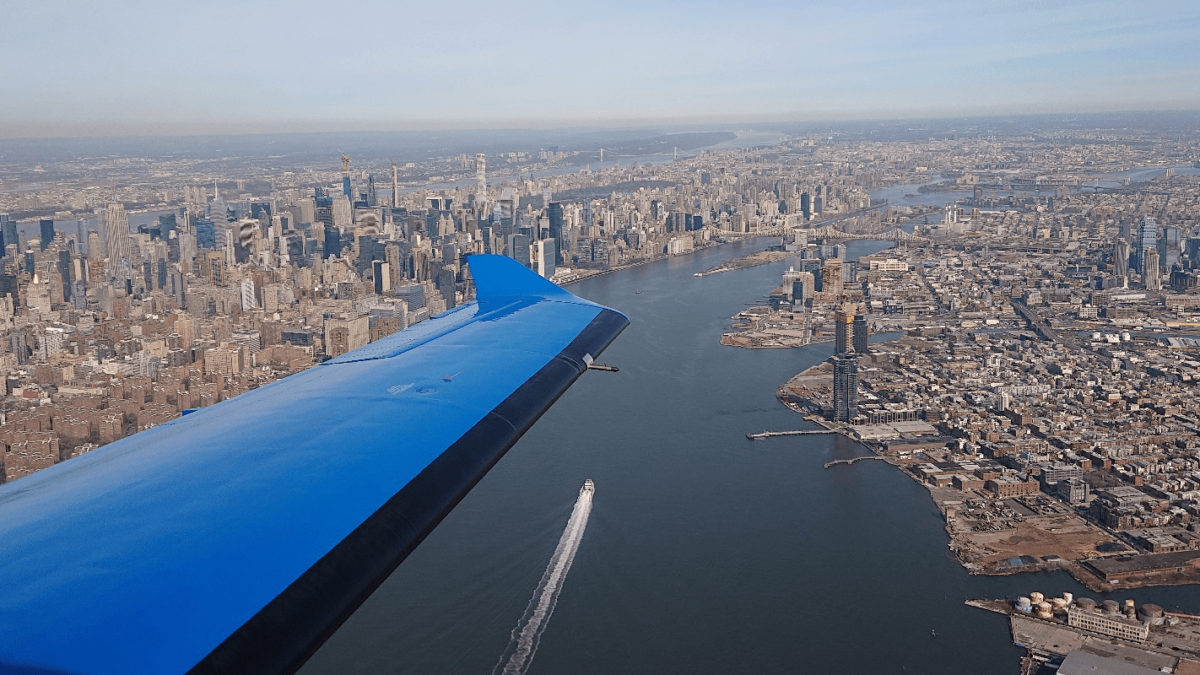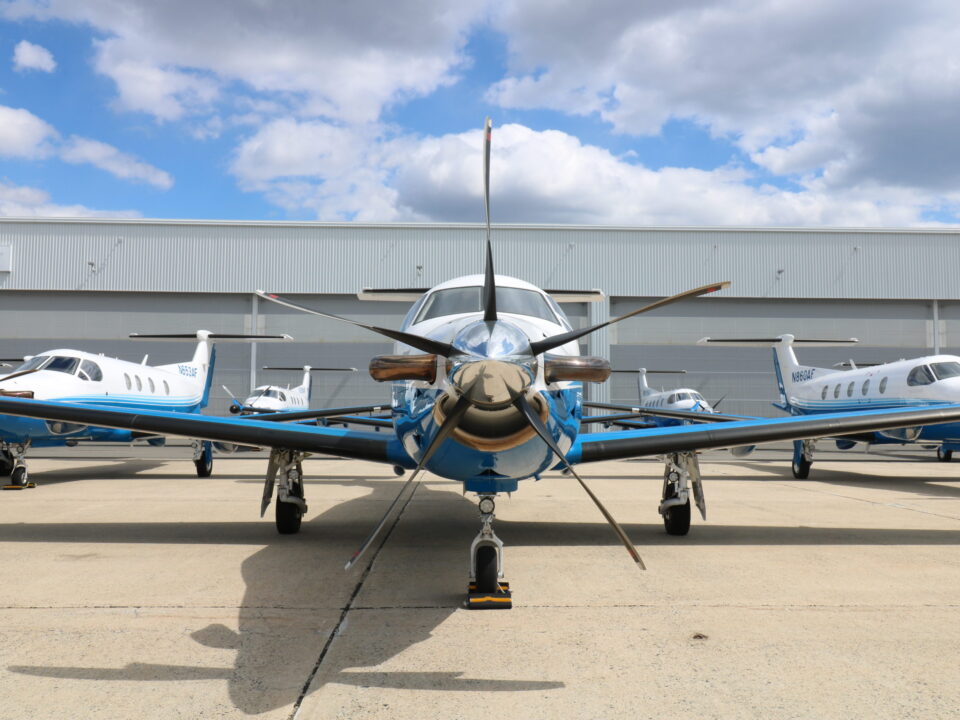With a growing number of private flight options promising a variety of benefits, perks, and savings, it can be a challenge to make the right decision for your family or business. From safety practices to hidden fees, programs can differ widely. Here are 10 questions you should be asking when you’re considering charter services, jet cards, or fractional ownership:
1. How often can I fly?
Fractional programs and jet cards offer different options for the amount of time spent in flight. It is helpful to determine your flight needs before choosing a program. For those who need to fly 35 hours or more each year, the PlaneSense® fractional ownership program offers the most responsible price point when factoring in guaranteed lift, flexibility and costs.
2. Are there repositioning fees with charter, jet cards, or fractional ownership?
Charter services and jet card programs will often charge you for the flight to reposition the aircraft at your location. These fees can be high—you are essentially paying for an empty flight to bring the plane to you—so it’s helpful before buying to understand exactly what charges you can expect and when. The PlaneSense® fractional ownership program does not charge repositioning fees in its standard billing area.
3. What other fees can I expect?
There are a variety of fees you may be subject to for each flight, depending on the charter or jet card service. Besides the repositioning fee mentioned above, certain programs will often raise prices based on the destination, demand for flights, and time of year. In addition, you will be charged Federal Excise Tax. With a fractional program like the PlaneSense® program, share owners always know their costs up front. Fees are outlined in detail at the time of entry into the program.
4. Are there blackout dates? How will they impact my flight needs?
Many jet cards, memberships, and some fractional programs include a number of blackout dates. These vary from program to program and correspond with days of known high demand, usually around holidays or popular events like the Superbowl. Some programs may have only a few blackout dates while others have dozens. Depending on the program, you may be unable to fly on or around these dates, incur extra fees, be required to schedule flights earlier, or pay more in hourly rates. No one wants to make a large investment in a membership or jet card program only to learn they cannot fly when they want to. Check each program’s policies carefully to understand how they impact your flight needs throughout the year. One of the advantages of the PlaneSense® fractional program is that it does not have blackout dates.
5. What aircraft are available?
Many programs offer a wide variety of aircraft, but not all aircraft are created equal or are available when you want them. To ensure you can get where you need to go, look at the capabilities of each aircraft and how each fits into your flight needs.
Fractional ownership technically means you are buying a portion of a plane, but really it provides access to an entire fleet of that aircraft. For example, travelers who make regular shorter flights (300 to 800 miles) would benefit most from the PlaneSense PC-12 fractional ownership program. If you need to fly farther, the PlaneSense PC-24 jet program might be the better fit. If you need to access short airfields, either of these aircraft might be the best fit, and both have exceptional short field capabilities, unlike many similarly sized aircraft. PlaneSense selected the PC-12 and PC-24 for their reliability and superior capabilities.
6. Can I access my airport of choice?
One of the many benefits of private flights is the ability to avoid the hassles of commercial travel. There are roughly 500 commercial airports in the U.S. and thousands of smaller airports across the country ideal for private aircraft. If your goal is to fly out of the executive airport close to home, make sure the aircraft you’re considering can access that airport. Runway length, fuel accessibility, local regulations, and other factors can greatly impact the type of aircraft able to land there. The Pilatus PC-12 and Pilatus PC-24 jet in the PlaneSense® program have exceptional short field capabilities, meaning they’re able to land at much smaller airports from cities to remote islands. The PC-12 is able to access runways as short as 2,000 feet, including grass, dirt, and crushed coral. The PC-24 jet is able to access runways as short as 3,000 feet. Similarly sized aircraft in other programs don’t share these attributes, which could leave you with a longer commute to a larger airport to catch your flight, or unable to easily reach your destination.
7. Who can fly on my aircraft?
Some membership programs and jet cards restrict who you can invite onto your private flights to a certain number of primary flyers. These primary flyers are required to be on the flight. Other programs, such as public charter flights or ridesharing, may include passengers you do not know on the flight. PlaneSense® share owners do not face any restrictions regarding primary passengers. They can fly friends, family, and colleagues at their own discretion at any time and are not required to be a passenger themselves. The PlaneSense program does not offer ride-sharing, so you will always be in control of who flies on your fractional share.
8. Who employs and trains the pilots?
Some programs may employ third parties to provide the pilots flying your aircraft. Check to ensure these pilots are contracted through a reputable service with a reputation for a well-trained crew. The pilots in the PlaneSense® program are all hired and trained by PlaneSense, Inc. allowing for closer attention to quality and expertise on the program aircraft. As an added safety measure, two pilots always fly each aircraft in the PlaneSense® program. Charter flights and other programs may only include one pilot for each flight.
9. How is aircraft maintenance managed?
Some programs closely manage the aircraft in their fleet while others obtain aircraft from third parties and contract third parties to fulfill maintenance needs. In order to maintain quality at the highest levels, PlaneSense, Inc. manages its entire fractional fleet in-house, including maintenance. All PlaneSense aircraft are serviced by Atlas Aircraft Center, Inc. a sister company of PlaneSense, Inc. Every maintenance technician in the PlaneSense® program goes through robust in-house training and participates in remote education at various manufacturers’ facilities. By working on only Pilatus aircraft, they become extremely knowledgeable and adept at maintaining the fractional fleet.
10. What attention is placed on safety? What measures does the organization take to keep the aircraft safe?
Stringent safety regulations are placed on all flight providers across the U.S. Still, there are a few charter services operating illegally, which can greatly impact safety. It is important to ask details about the aircraft you will be flying on. The age of the aircraft, its maintenance records, pilot training, and more are all factors to consider. PlaneSense, Inc. strives to keep all aircraft in the fractional fleet in the best shape. The program keeps its fleet young to ensure that the aircraft has the most state-of-the-art equipment and technology. The average age of aircraft in the PlaneSense® fleet is less than five years.
Operating the management and maintenance of aircraft in-house allows the greatest oversight on safety and standards, as well. PlaneSense, Inc. strives to meet and exceed safety regulations and has been recognized with the highest Platinum rating by ARGUS International, Inc., an independent organization that reviews and evaluates aviation operations.
As you consider all the options available, ask yourself one last question – Why should I choose the PlaneSense® program?
Access to a flexible fleet when you need it and paying only for what you need are two major benefits the PlaneSense fractional program offers. Businesses and individuals alike seek reliability in service and cost. When compared to charter or jet cards, the PlaneSense® program has the advantage. For 25 years, PlaneSense has gained the experience to manage a fleet and the diverse needs of the owners efficiently. To PlaneSense’s many loyal owners, the exceptional service and safety record are evidence that this reliable cost model offers the best value for their investment.
For more information on the PlaneSense® fractional ownership program, download our guide.







